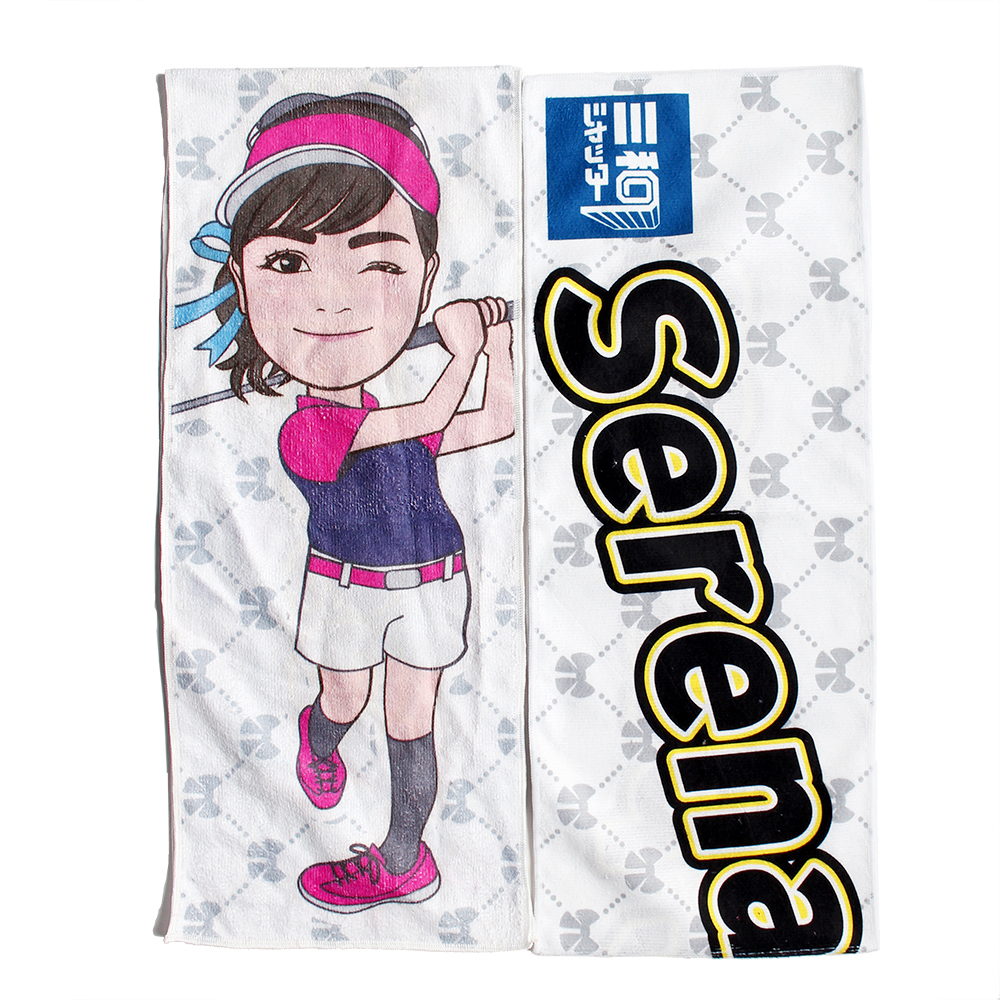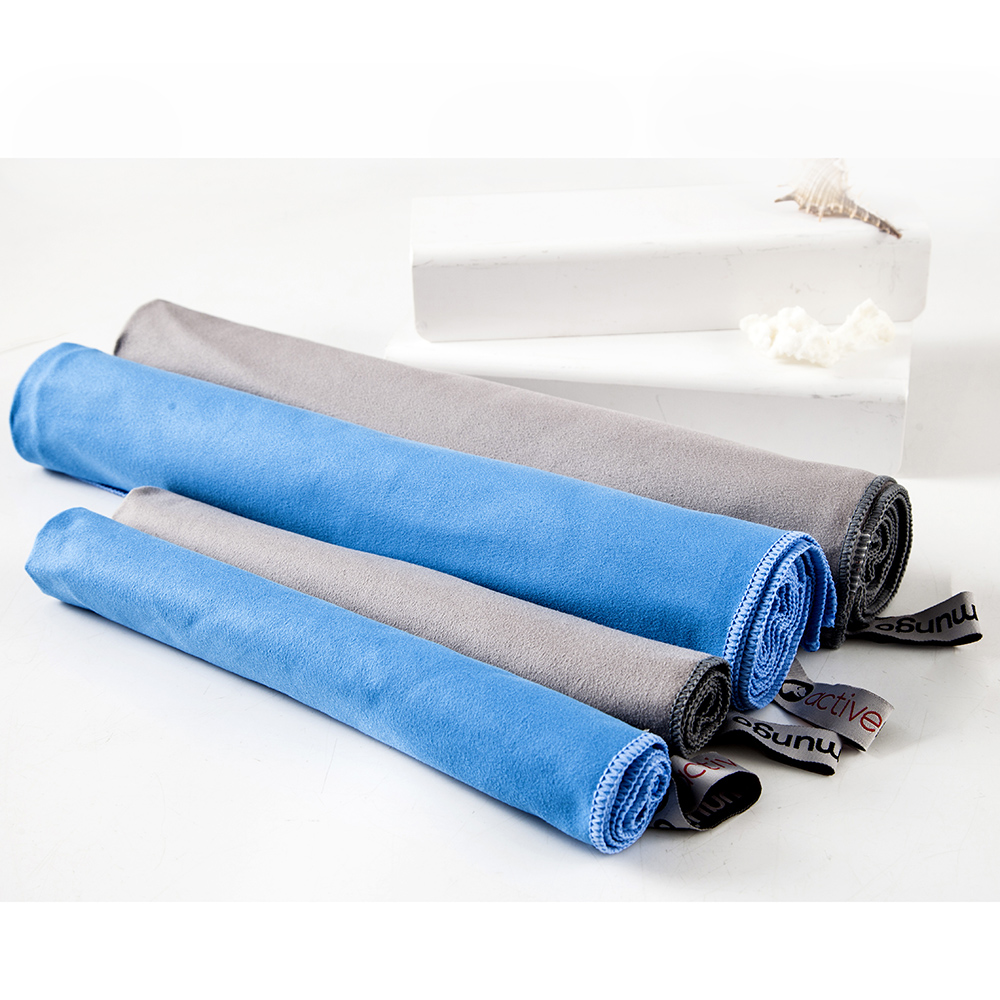At present, the production of home textile fabrics that meet the requirements of ecological and environmental protection has become an important direction for the development of product manufacturers of home textile products. The key to “green dyeing and finishing†is to have a new understanding of the safety of the dyeing materials used and the environmental protection and energy saving and emission reduction during the dyeing and finishing process. At present, the green processing technology has penetrated into the whole process of pre-treatment, dyeing printing and finishing of home textile fabrics. Green processing technology in pre-treatment Cold rolling reactor pretreatment processing technology The pre-treatment adopts the cold-rolled pile technology, which greatly shortens the pre-treatment process on the one hand, and reduces the investment of related equipment on the other hand, and can effectively overcome the wrinkles, curling, abrasion, and weft in the pre-treatment process of traditional home textile fabrics. Oblique equal point. The process wastewater volume is reduced by 2/3 compared to conventional pretreatment processes, and can save 1/3 of energy consumption and time. Biological enzyme pretreatment processing technology Pretreatment with a biological enzyme instead of caustic soda can greatly reduce the COD value in the discharged wastewater. The application of biological enzymes in pre-treatment of home textile fabrics mainly includes biological enzyme desizing and biological enzyme refining. Ultrasonic pretreatment processing technology Ultrasonic is applied to pre-treatment processes such as desizing, scouring and bleaching, which can remove all kinds of impurities in home textile fabrics and improve processing efficiency. Green processing technology in dyeing process Use of environmentally friendly dyes Natural dyes are mainly derived from the flowering fruits and rhizomes of plants, and some are derived from animals or minerals. The development of some high value-added home textile fabrics with natural dyes is an important way to promote green processing of home textiles in the future. Angkor EarthColors (Datural Colors) Natural Dyes Environmentally friendly reactive dyes can be used in the dyeing of cellulose fiber home textile fabrics to replace non-environmental dyes such as reducing, direct, sulfurized and insoluble azo. In addition, the dyeing treatment process of reactive dye wet short steaming may be adopted, and the cellulose fiber or polyester blended home textile fabric is padded with the dye into the baking box, and the dyeing product can be obtained by washing with water after rapid fixing under a certain temperature and humidity. Environmental dyeing technology Supercritical carbon dioxide dyeing: It has good dissolving ability for disperse dyes, can improve the dyeing rate of polyester-cotton home textile fabrics, has good translucent and leveling effect, and has short dyeing process, achieving waterless dyeing and reducing environmental pollution. . Low-temperature dyeing technology: (1) reactive dye cold-rolled pile dyeing, processing technology is simple, low cost, low energy consumption, good leveling and reproducibility, high fixation rate. (2) Dissolving dyeing agent solubilizing dyeing, using phospholipids and other additives can dye hydrophilic wool, silk and other fiber raw materials, so you can use disperse dye instead of banned acid dyed polyester, wool, silk and blended The home textile fabric not only shortens the dyeing process, reduces the dyeing temperature, speeds up the dyeing rate, but also improves the dyeing effect of such home textile fabrics. Gas phase or sublimation dyeing: The dyes used must have strong sublimation properties, such as some non-ionic disperse dyes or sublimation pigments to meet production needs. Since water is not required as a dyeing medium, no sewage is generated, which is conducive to environmental protection. Microwave far-infrared dyeing: microwave heating has good penetrability, no heat transfer process, and home textile fabrics made of polyester, polyester-cotton, polyester-nitrile, etc. can absorb heat after microwave absorption. Compared with traditional dyeing processing, microwave far-infrared dyeing can effectively shorten the dyeing time, increase the dyeing rate and greatly reduce energy consumption.
Sports & Outdoor Product includes sports quick-drying towel, Cooling Towel, fitness towel, Round Beach Towel, rectangular beach towel, Yoga Towel, golf towel, tennis towel, etc. Whether you bring Sports & Outdoor Product Towels to the gym, yoga studio , traveling, backpacking or just hitting the beach, it will keep you dry and clean during your adventures. Microfiber Sports & Outdoor Product feels smooth - Our durable and sand-free beach towels are made from an 88% polyester/12% polyamide blend with strong interlocking stitches.
Sports Outdoor Product,Sports Products,Sport Towel,Microfibre Gym Towel SUZHOU BETTER CLEAN CO LTD , https://www.betterclean.net



